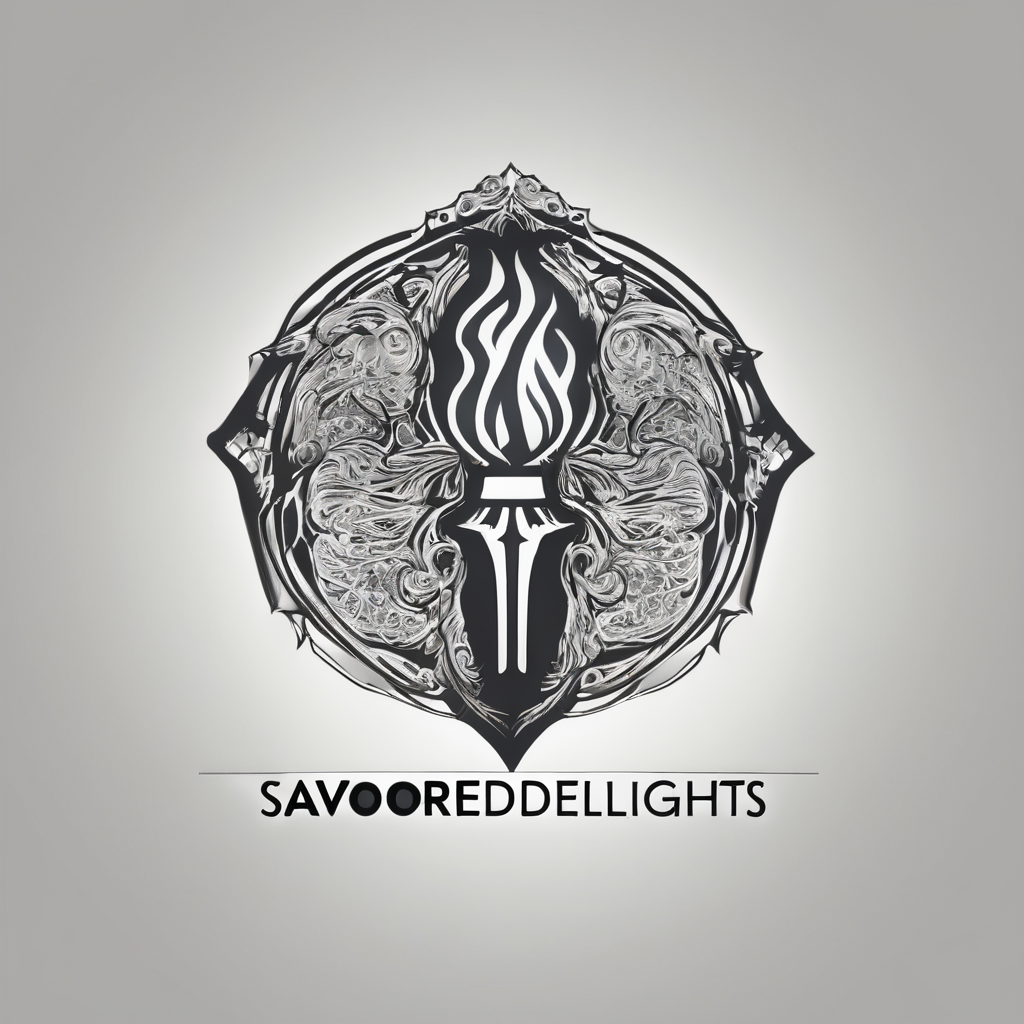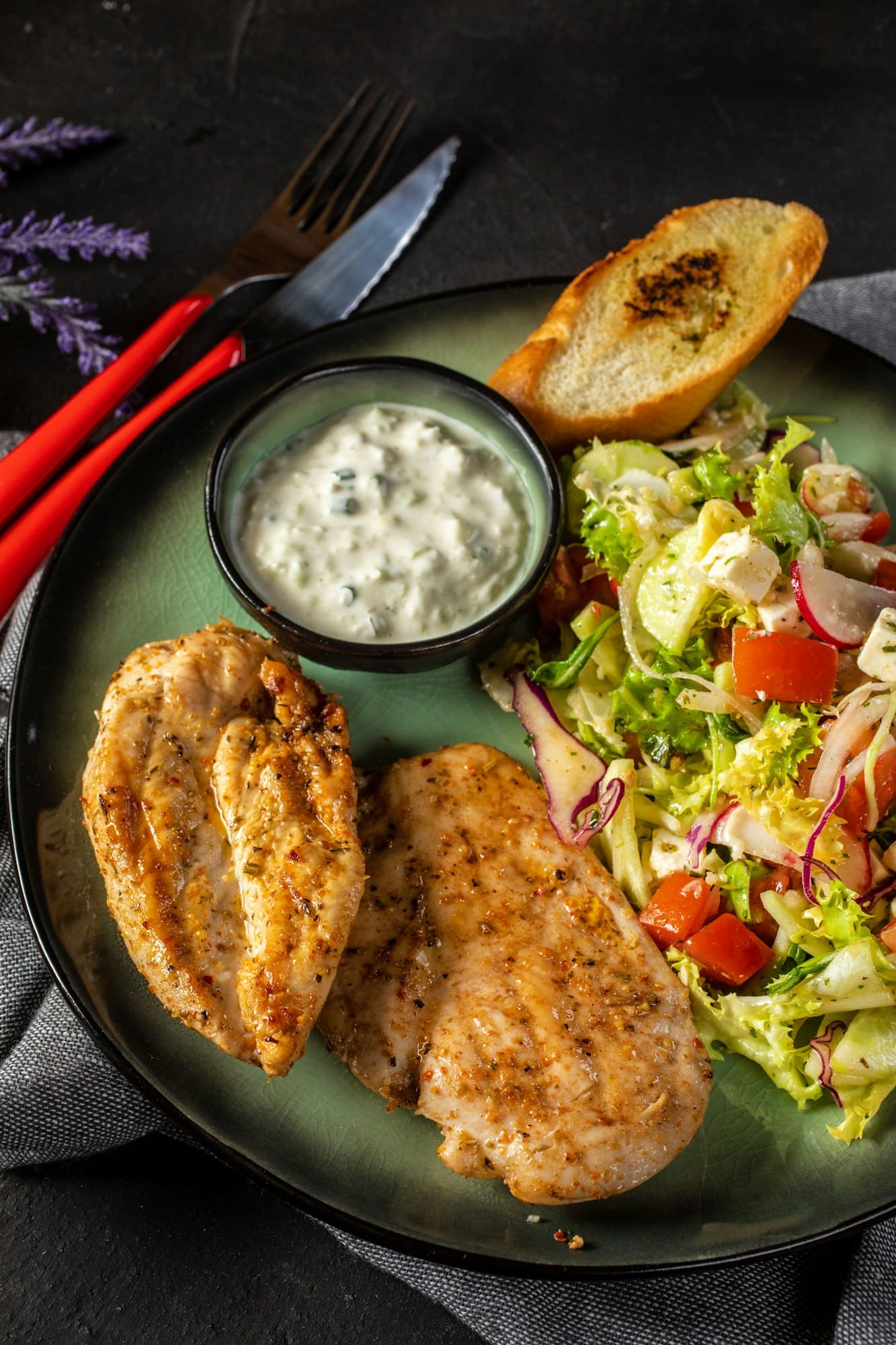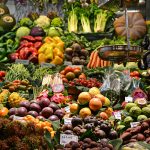Unlocking the Secrets: Essential Elements for Crafting an Eye-Catching Restaurant Menu
When it comes to running a successful restaurant, the menu is more than just a list of dishes; it's a reflection of your brand, a tool for driving sales, and a key component in creating a memorable dining experience. Here’s a comprehensive guide on how to craft an eye-catching restaurant menu that will attract and retain customers.
Understanding Your Restaurant Concept and Brand Identity
Before diving into the specifics of menu design, it's crucial to have a clear understanding of your restaurant's concept and brand identity. Your restaurant concept involves more than just choosing a cuisine or theme; it's about crafting an experience that resonates with your guests. This clarity helps maintain consistency across all aspects of your restaurant, from menu design to decor and service style.
Also read : Transforming Leftovers: Smart Strategies for Restaurants to Cut Costs by Minimizing Food Waste
"A strong brand identity extends beyond logos and color schemes. It encompasses the values your restaurant embodies and the promises you make to your customers," notes an expert in restaurant management. This identity informs all your marketing efforts, helping to create a reliable and appealing image that attracts new customers and builds trust and loyalty among your guests.
Quality and Consistency in Food and Service
Ensuring high-quality ingredients and delivering consistent service are foundational to your restaurant's success. Here are some key points to consider:
In parallel : Transforming Café Spaces: Creative Strategies for Showcasing Local Artists” Work in Your Décor
High-Quality Ingredients
- Source the best ingredients you can find. Local markets and suppliers can offer fresh, high-quality products that support local economies and enhance the taste of your dishes.
- Using local and high-quality ingredients not only improves the flavor but also adds to your restaurant’s story and appeal, making it more attractive to customers who value freshness and quality.
Consistent Service
- Consistent service is essential in building a loyal customer base. Train your staff to understand the local market and demographics, tailoring your offerings to the preferences and spending habits of the community around you.
- Analyze demographic data such as age groups, income levels, and dining preferences to craft a menu and service that resonates well with your target customers.
Effective Menu Design and Item Placement
The design and layout of your menu are critical in guiding customers toward profitable choices and enhancing their overall dining experience.
Visual Hierarchy
- Arrange menu items in a way that draws attention to high-margin dishes. Use boxes, bold fonts, or icons to highlight these items.
- Colors and imagery can evoke emotions and reactions that influence decisions. For instance, warm colors like red and yellow stimulate appetite, while green suggests freshness and organic quality.
Descriptive Language
- Use appealing adjectives and mention local or high-quality ingredients to enhance the perceived value of your dishes.
- Keep descriptions concise yet enticing, highlighting key ingredients, flavors, and preparation methods.
Menu Psychology
- Organize the menu to reflect the dining process, from appetizers to desserts. This logical layout helps guide customers through their meal choices.
- Update your menu regularly to keep it fresh and exciting, reflecting seasonality, customer preferences, and ingredient availability.
Creating a Visually Appealing Menu Template
A well-designed menu template is more than just a list of dishes; it reflects your establishment’s identity, culinary expertise, and commitment to customer satisfaction.
Visual Appeal
- Use eye-catching design elements, enticing imagery, and a strategic layout to capture diners’ attention.
- Incorporate colors, fonts, and images that align with your restaurant's brand and enhance readability.
Consistency and Branding
- A well-designed menu template reinforces your restaurant’s brand identity and creates a cohesive visual language across all touchpoints.
- Ensure that fonts, colors, logos, and imagery are consistent with your brand identity.
Organization and Clarity
- Provide structure and organization, guiding diners through the culinary offerings with clarity and ease.
- Use thoughtful categorization, clear descriptions, and an intuitive layout to enhance the dining experience and facilitate decision-making.
The Role of Technology in Menu Design
In today’s digital age, integrating technology into your menu design can significantly enhance the customer experience.
Digital Menu Templates
- Digital menu templates are designed for digital displays, tablets, and online platforms. They offer dynamic content, real-time updates, and interactive features.
- Ensure that your digital menu is mobile-responsive, allowing guests to easily browse your menu, customize their orders, and securely complete the checkout process.
Online Ordering and Delivery
- Offering a seamless and user-friendly online ordering solution is essential for staying competitive.
- Streamline the online ordering process to make it convenient for customers to order food through mobile apps or your website.
Marketing and Community Engagement
Effective marketing and community engagement are crucial in transforming first-time visitors into regular patrons.
Clarity and Simplicity
- Ensure that the menu is not overcrowded with items, making it easy for customers to choose.
- Use descriptive, appetizing language without being overly verbose. Highlight special ingredients or cooking techniques.
Building a Buzz: Marketing Strategies
- Utilize various marketing channels such as social media, email marketing, and table tents to promote your menu and generate buzz.
- Create a strong online presence by maintaining an engaging website and active social media profiles. This helps attract potential customers and keeps existing ones informed about new menu items and promotions.
The Power of Specials Boards
A well-designed specials board can be a powerful tool for enhancing the dining experience and driving sales.
Captivating Attention
- A visually appealing specials board can draw customers’ attention and pique their curiosity, prompting them to explore new dishes.
- Use eye-catching designs with attractive fonts and graphics to instantly grab customers’ attention.
Driving Sales
- Highlighting exclusive specials can encourage patrons to indulge in additional items, boosting overall revenue.
- Include clear descriptions, pricing, and dietary information to help customers make informed decisions.
Seasonal Flexibility
- Take advantage of seasonal ingredients and culinary trends by incorporating seasonal offerings into your specials board.
- Rotate offerings frequently to keep the specials board fresh and exciting, ensuring customers always have something new to try.
Practical Tips for Creating an Eye-Catching Menu
Here are some practical tips to help you create a menu that stands out:
Know Your Audience
- Understand your target audience, their preferences, and dining habits. Tailor your menu to appeal to their tastes, dietary restrictions, and budget considerations.
- Highlight signature dishes and use captivating descriptions and imagery to entice diners and build anticipation.
Use High-Quality Images
- Incorporate high-quality images of your dishes to make them visually appealing.
- Ensure that the images are well-lit, in focus, and showcase the dish in an appetizing way.
Keep it Simple and Readable
- Avoid clutter and confusion by keeping your menu clean, uncluttered, and easy to read.
- Use legible fonts, ample white space, and concise descriptions to enhance readability and comprehension.
Example of a Well-Designed Menu
Here is an example of how you might structure a well-designed menu:
| Category | Menu Item | Description | Price |
|---|---|---|---|
| Appetizers | Grilled Shrimp Skewers | Shrimp marinated in a zesty lemon-herb sauce, grilled to perfection | $12.99 |
| Entrees | Pan-Seared Salmon | Fresh salmon fillet pan-seared with a citrus beurre blanc sauce, served with grilled asparagus | $25.99 |
| Desserts | Chocolate Lava Cake | Warm chocolate cake oozing with rich chocolate sauce, served with vanilla ice cream | $8.99 |
Quotes from Industry Experts
- "A well-crafted menu is not just about listing dishes; it's about creating an experience that resonates with your guests." – Restaurant Management Expert
- "The right ambiance sets the stage for an unforgettable dining experience. Every element, from lighting and music to furniture and décor, should harmoniously work together to reflect this mood." – Interior Designer for Restaurants
- "Effective upselling, when done skillfully, not only optimizes your sales but often results in customers getting a better meal." – Restaurant Marketing Specialist.: Elevating the Dining Experience
Creating an eye-catching restaurant menu is a multifaceted task that involves understanding your restaurant concept, ensuring high-quality ingredients and consistent service, designing an effective menu layout, leveraging technology, and engaging in effective marketing. By following these tips and best practices, you can create a menu that not only attracts customers but also enhances their overall dining experience.
Here is a detailed bullet point list summarizing the key elements:
- Understand Your Restaurant Concept: Craft an experience that resonates with your guests.
- Ensure High-Quality Ingredients: Source the best ingredients to enhance flavor and appeal.
- Design an Effective Menu Layout: Use visual hierarchy, descriptive language, and menu psychology.
- Leverage Technology: Use digital menu templates and online ordering solutions.
- Engage in Effective Marketing: Utilize social media, email marketing, and specials boards.
- Know Your Audience: Tailor your menu to appeal to their tastes and preferences.
- Use High-Quality Images: Make your dishes visually appealing.
- Keep it Simple and Readable: Avoid clutter and ensure readability.
By integrating these elements, you can create a restaurant menu that not only attracts potential customers but also leaves a lasting impression, driving sales and fostering customer loyalty.






